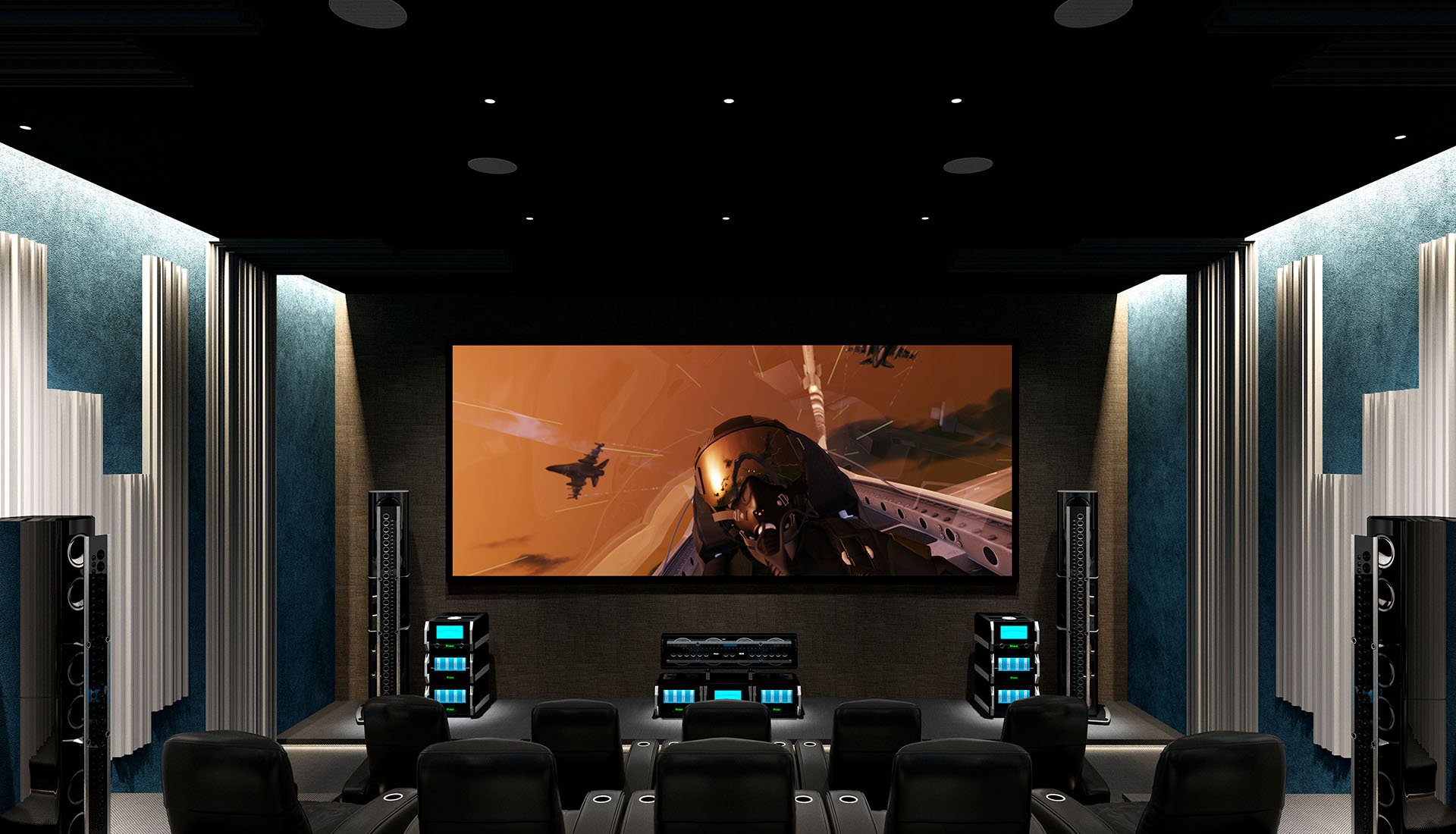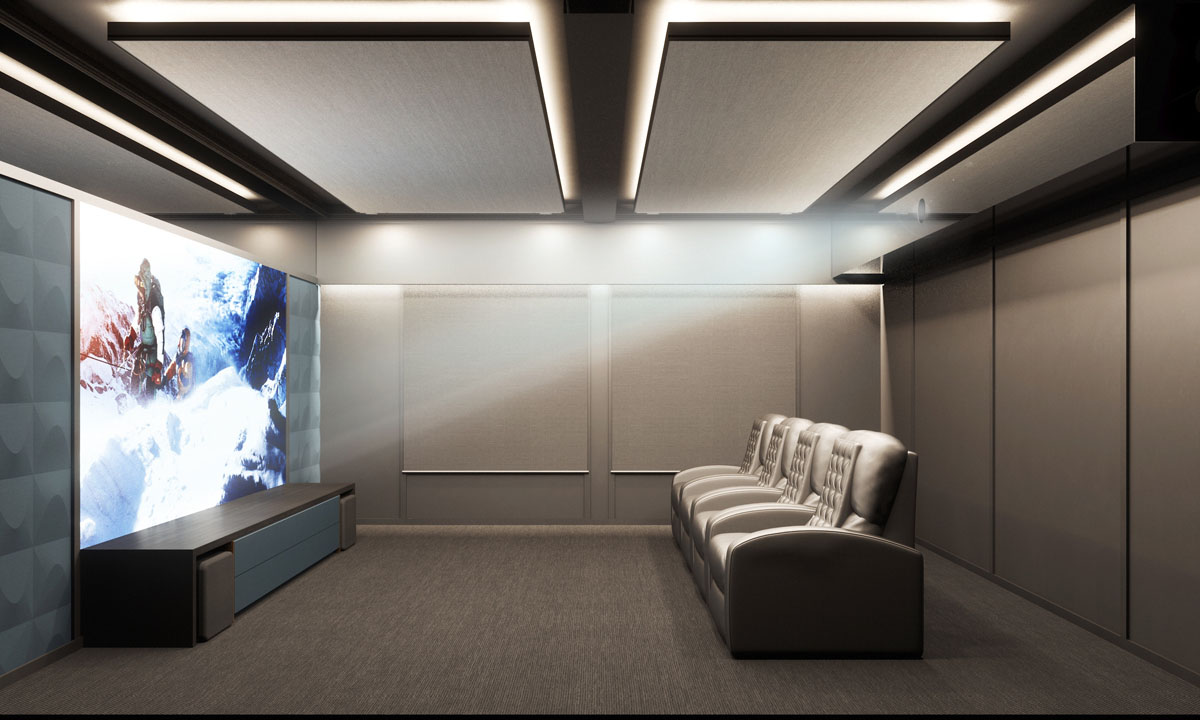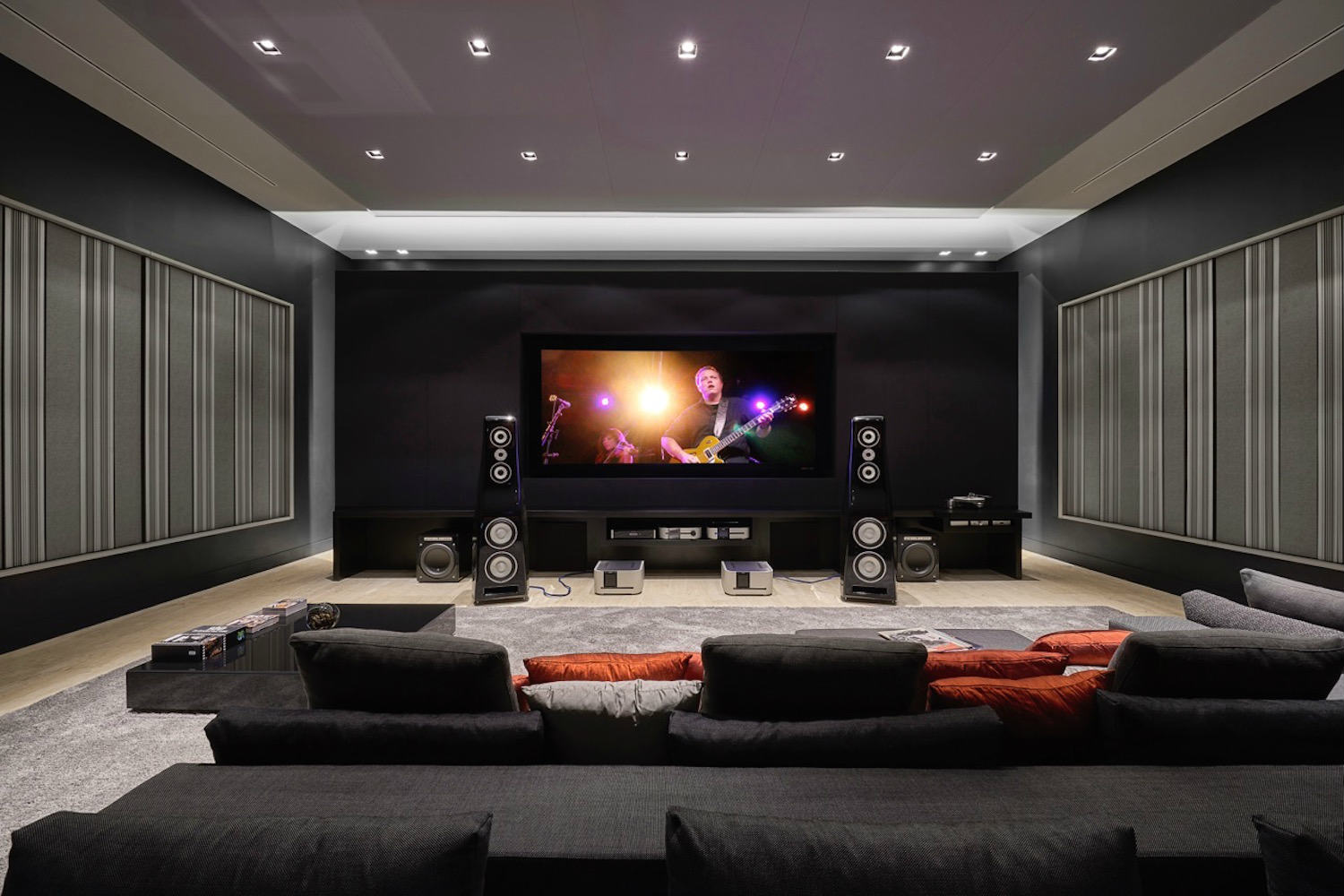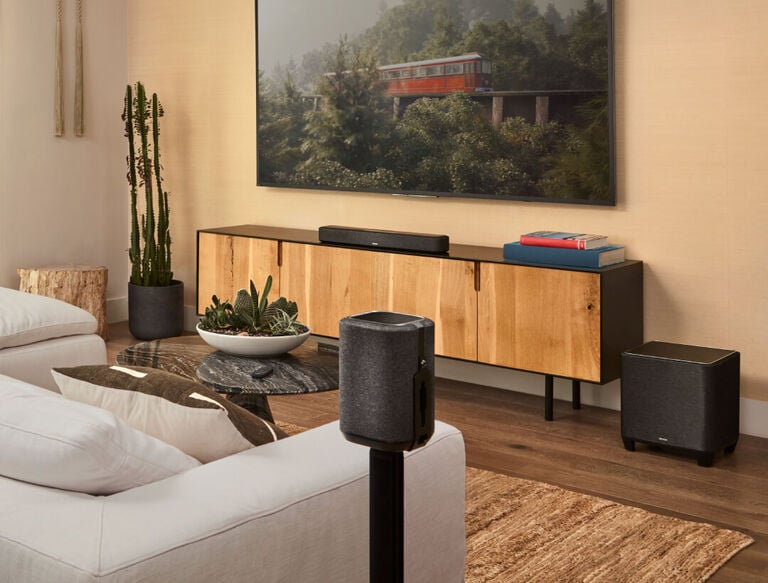Home Theater Tampa: Bringing Movie Theater Experiences Into Your Home
Home Theater Tampa: Bringing Movie Theater Experiences Into Your Home
Blog Article
Home Theater 101: Whatever You Need to Know for a Motion Picture Experience at Home
Creating a home cinema that equals the cinematic experience of a commercial theater involves careful consideration of numerous components, consisting of screen selection, stereo, and area design. Each component plays a pivotal role in achieving the preferred ambiance and capability. Whether you are contemplating the excellent display dimension or the intricacies of surround audio, recognizing these fundamentals is essential. As we explore these essential parts, it becomes evident that the options made can dramatically influence your overall watching experience, leaving one to contemplate just how these decisions will shape your personal cinema.
Selecting the Right Screen
When establishing a home cinema, picking the ideal display can make or break the viewing experience - home theater installation tampa. The display functions as the focal point of your configuration, influencing picture quality, checking out angles, and general aesthetic. Trick variables to take into consideration consist of screen kind, dimension, and resolution
First, establish the ideal screen size based on your space measurements and seating range. Next, select between numerous screen types, such as fixed-frame, mechanized, or retractable displays, each offering unique benefits.
Resolution is another essential factor. For a genuinely immersive experience, take into consideration a display developed for 4K and even 8K content, making sure intensity and clarity. In addition, take into consideration the display's gain, which impacts illumination and comparison; a greater gain can boost illumination in well-lit spaces, while a reduced gain might be extra suitable for darker atmospheres.
Picking Sound Equipment
Audio devices is a crucial component of any kind of home theater system, dramatically improving the total watching experience. The option of audio equipment can figure out the deepness, clarity, and immersion of noise, critical for developing a cinematic environment.
When choosing audio tools, think about a surround sound system, which commonly includes a receiver, multiple speakers, and a speaker. A 5.1 or 7.1 network system is recommended, where the initial number represents the audio speakers and the second the speaker, supplying an immersive soundscape. The receiver is the heart of the system, managing audio and video signals, and must sustain modern-day layouts like Dolby Atmos for an enhanced spatial experience.
Quality audio speakers are necessary; seek designs that offer a balanced sound profile with excellent bass reaction. Floor-standing speakers can produce richer audio, while shelf alternatives conserve area. Additionally, take into consideration cordless choices for ease of installation, although wired systems often supply superior performance.

Optimal Seating Plans
Developing an ideal home theater experience hinges dramatically on ideal seating setups. The setup of seats plays a crucial duty in both convenience and checking out high quality, directly influencing the general motion picture experience.
First, think about the screen size and seeing range. An usual standard is to position seats at a range about 1.5 to 2.5 times the angled size of the display. This makes sure an immersive experience without straining the eyes.
Next, elevation is essential. If your seating is in a tiered style, the back rows must be higher than the front to stay clear of obstructions. For level seating, make sure that the front row is not also near to pop over to this web-site the screen, which every person has a clear line of vision.
Moreover, think about the arrangement in terms of social characteristics. Group seats can boost the public experience, while private seats might be favored for individual viewing.

Finally, focus on comfort with ergonomic seats that supports extended viewing durations. Integrating recliners or cushioned seats can significantly boost the experience, making the home cinema a preferred location for both enjoyment and leisure.
Lighting and Atmosphere
Efficient illumination and setting are essential elements of a properly designed home cinema, as they substantially influence the seeing experience. The appropriate lighting can boost the cinematic feel, while inadequate selections can detract from it. For ideal outcomes, consider a layered illumination strategy that includes ambient, job, and accent illumination.
Ambient lighting offers basic illumination, guaranteeing that the space is not totally dark, which can strain the eyes. Dimmer switches are highly suggested, permitting adjustments based upon the web content being watched. Job lighting, such as wall surface sconces or flooring lights, supplies useful lighting for tasks like reading or browsing the area without interrupting the overall atmosphere.
Accent lighting can be used to highlight building features or create focal points, including deepness and rate of interest to the space. LED strip lights behind displays or along shelves can give a refined radiance that boosts the aesthetic experience without frustrating the visitor.

Wiring and Installation Tips
A tactical electrical wiring configuration is vital for accomplishing ideal efficiency in your house theater system. Proper electrical wiring not just makes sure premium audio and video signals yet additionally improves the general aesthetic of your space. Begin by drawing up your layout, identifying where each part will be placed, including your screen, audio speakers, and receiver.
When choosing cables, prioritize top quality, properly evaluated circuitry to minimize signal loss. HDMI wires must be made use of for video links, while speaker wire must match the specifications of your speakers and amplifier. Choose in-wall rated wires to adhere to safety and security criteria and preserve a tidy look.

Conclusion
In summary, creating an outstanding home theater experience calls for cautious consideration of different elements, including screen option, audio devices, seating arrangements, lights, and wiring. Each component plays a vital role in attaining optimum performance and ambiance, inevitably boosting the satisfaction of home amusement. By prioritizing these factors, a motion picture atmosphere can be effectively duplicated, permitting for immersive checking out experiences that match standard cinema setups. Focus to detail in each location is crucial for total satisfaction.
Producing a home cinema that measures up to the motion picture experience of a commercial theatre entails careful consideration of numerous parts, including screen selection, audio systems, and space layout.When establishing up a home movie theater, picking the best display can make or damage the watching experience. Next, select in between numerous display kinds, such as fixed-frame, mechanized, or retractable displays, each offering unique advantages. For go now an absolutely immersive experience, take into consideration a display designed for 4K or even 8K web content, making certain intensity and quality.In summary, producing a remarkable home theater experience requires cautious consideration of various aspects, consisting of display option, audio equipment, seating plans, lights, and wiring.
Report this page